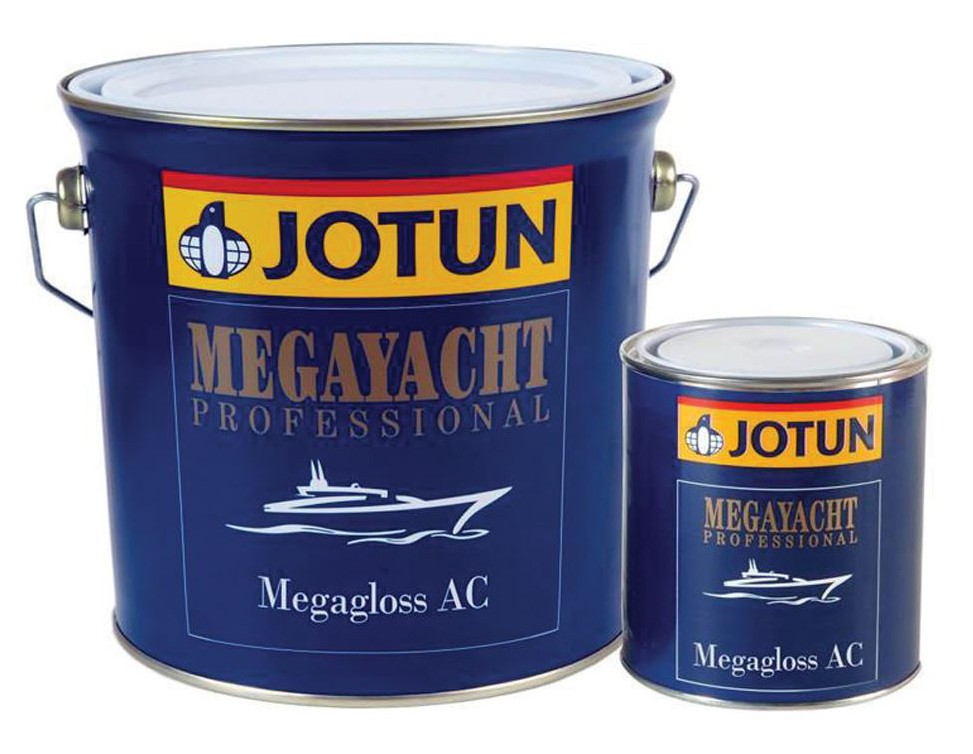2-Pack Topcoat Frequently Asked Questions (FAQ's)
The FAQ's below are for general guidance only. For specific questions, please refer to the application guides on our product pages or give us call and we will answer any questions that you have.
Q. What is a topcoat, and why is it important?
A. A topcoat is a protective layer applied over a base coat or primer to enhance durability, appearance, and resistance to wear, moisture, and chemicals. It helps extend the lifespan of a surface and improves its finish.
Q. How many coats of topcoat should I apply?
A. Generally, one or two coats are recommended for the best durability and even coverage. Multiple thin layers work better than thick coats, and light sanding between coats can improve adhesion and overall finish.
Q. What is the difference between single-pack and two-pack (2-pack) topcoats?
A. Single-pack paints are ready to use, air-dry, and are easier to apply, but they are less durable. Two-pack paints require mixing with a hardener, chemically cure, and are much tougher and more resistant to chemicals, abrasion, and UV exposure.
Q. How long does a topcoat take to dry and fully cure?
A. Single-pack paints usually dry within one to four hours and fully cure in seven to fourteen days. Two-pack paints may dry in thirty minutes to a few hours, but full curing can take up to a week, depending on the product and conditions. The curing time is dependent on the ambient temperature. As a general rule curing at 10˚C will take twice as long a curing at 23˚C. Refer to the Application Guide for the paint you are using for more detailed information.
Q. Can I apply a topcoat directly over old paint, or do I need a primer/tie coat?
A. It depends on the condition and type of the old paint. 2 pack topcoats generally contain a high percentage of aggressive solvents, which may react with existing single pack types of paint. If the old paint is in good condition and compatible, you can apply a topcoat after light sanding. If the surface is glossy, peeling, or a different type of paint, use a suitable primer to ensure proper adhesion.
Q. Do I need to sand between coats of topcoat?
A. Yes, light sanding with fine-grit sandpaper (240-320 grit) between coats helps with adhesion and smooths out imperfections. However, follow manufacturer guidelines, as some topcoats don’t require sanding between layers.
Q. What’s the best way to apply a topcoat—brush, roller, or spray?
A. A brush is good for small areas and detailed work but may leave brush marks. A roller works well for large flat surfaces but can create slight texture. Spraying provides the smoothest and most even finish but requires suitable equipment and ventilation.
Q. How do I prevent bubbles, streaks, or brush marks in a topcoat?
A. Apply thin, even layers. Use high-quality brushes, rollers, or a spray gun. Avoid overworking the paint. Apply within specified temperature and humidity levels as specified in the application guide. Lightly sand between coats if necessary.
Q. Can I apply a 2-pack topcoat over a single-pack base coat?
A. It’s generally not recommended. 2-pack topcoats contains aggressive solvents that may react with single pack paints, causing blistering. Test for compatibility by painting a small area first. If the new paint dries without causing a reaction, you can then proceed.
Q. How do I make my topcoat more durable and resistant to scratches or chemicals?
A. Using a two-pack (2K) topcoat provides maximum durability. Applying multiple thin layers instead of one thick coat helps improve strength. Allowing for proper curing time before heavy use is crucial. A clear protective coating or sealer can also enhance longevity.
Q. Can a topcoat be used for waterproofing?
A. Some topcoats provide water resistance, but for full waterproofing, it's best to use products specifically designed for marine or outdoor use, such as epoxy or polyurethane coatings.
Q. What’s the best topcoat for outdoor use or UV resistance?
A. Polyurethane is a good choice for UV resistance and durability on wood, metal, and concrete. Acrylic or epoxy-based topcoats work well in extreme weather and provide chemical resistance. Marine-grade topcoats are ideal for boats and high-humidity environments.
Q. How do I fix issues like peeling or flaking topcoat?
A. First, identify the cause, which could be poor adhesion, moisture, or surface contamination. Sand down the affected area and remove loose paint. Apply a primer or tie coat if needed, then reapply the topcoat in thin, even layers.

 Loading Products...
Loading Products...
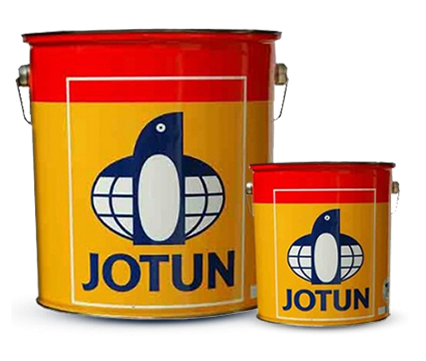
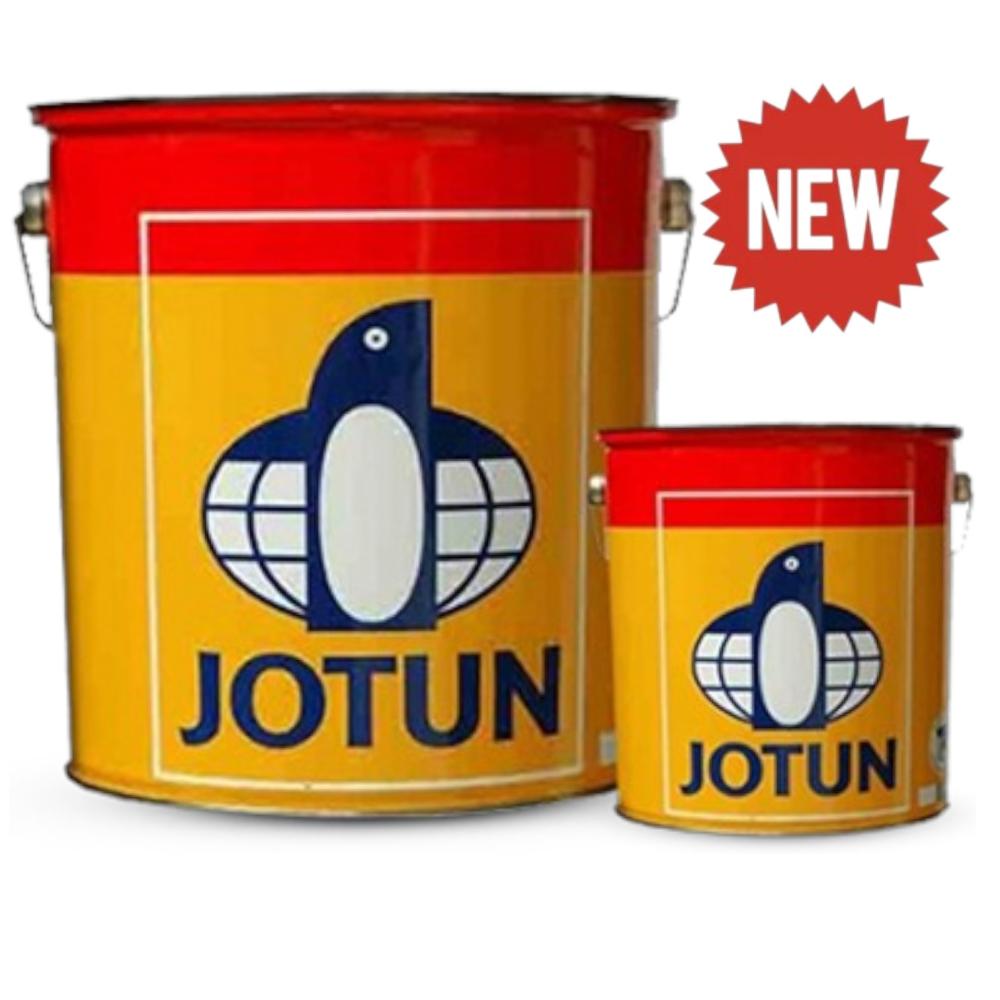
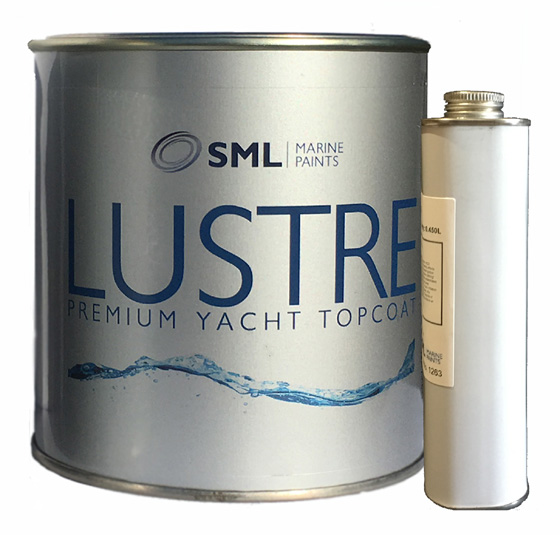
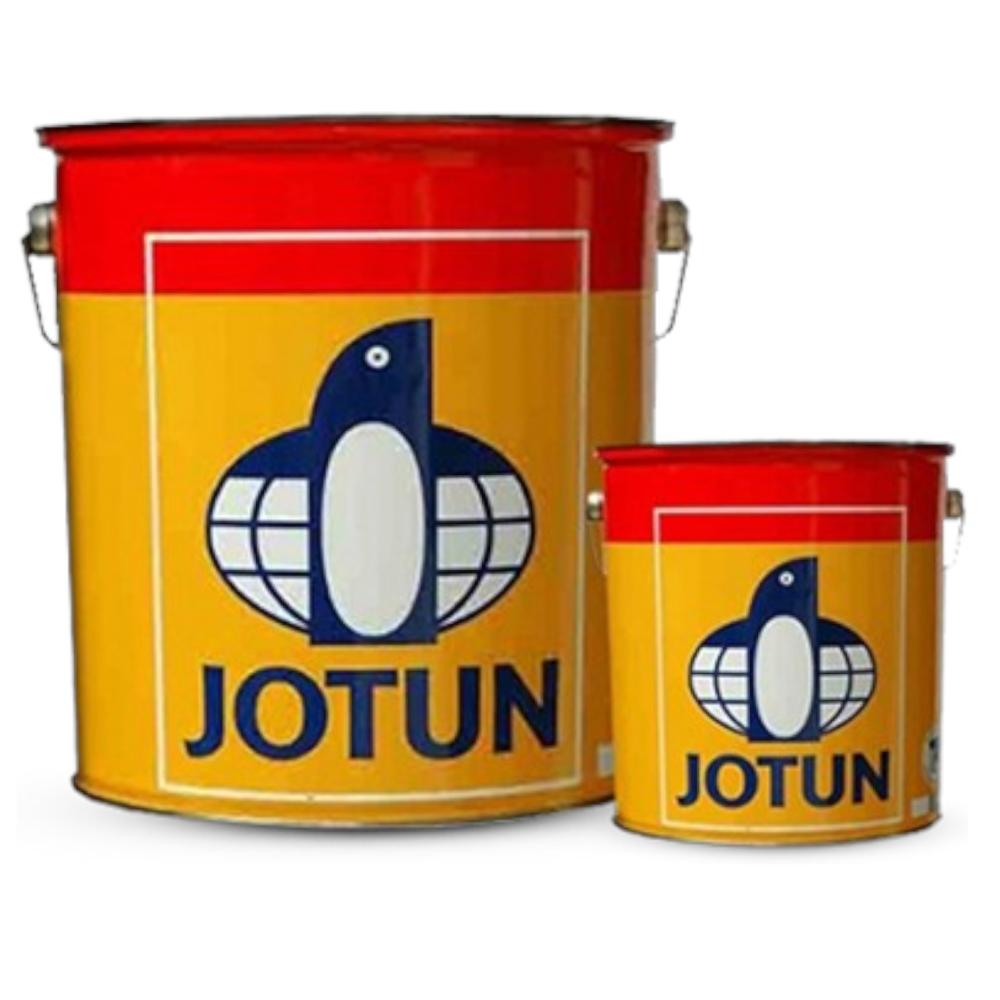
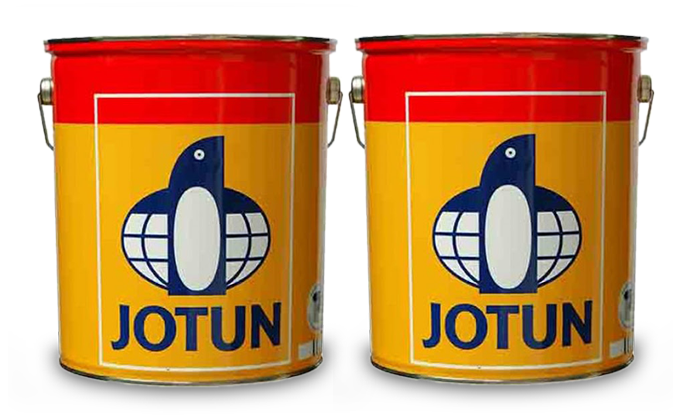
.png)
